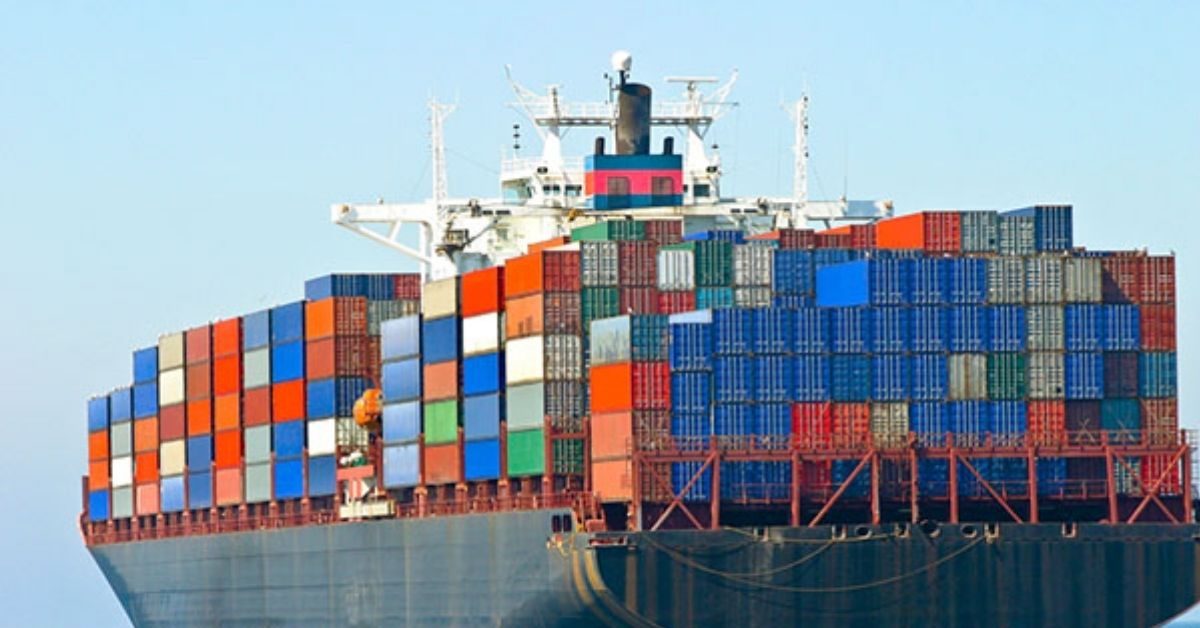The exorbitant freight rates that were aggravated by the shortage of container supply are expected to remain in shippers’ finances for another eight months, said Malaysian National Shippers’ Council (MNSC).
Based on MNSC’s survey in February, the response gathered from shippers indicated that the freight rates have skyrocketed to a historic level of between US$6,000 and US$10,000 (RM41,300) per container compared to US$55 to US$300 per container before the pandemic.
“Covid-19 and its ensuing impacts have emerged as the top risk to global trade flow as they affect both supply and demand of goods.
“Shippers, importers and exporters have been hit hard with a myriad of issues caused by disruptions in the supply chain, which has not only severely impacted manufacturing activities but shipping activities as well.
“Shippers continue to face container and vessel capacity shortage issues which have led to high freight rates,” MNSC chairman Datuk Dr Ir Andy Seo Kian Haw told The Malaysian Reserve.
Seo added that the surging freight rates are forcing foreign buyers to delay their orders with the anticipation that the shipment costs will decrease in the coming months to avoid losing out on export revenue.
“Shippers are faced with difficult decisions daily on whether to ship and incur high export costs, or not to ship and lose their export markets.
“While shippers are struggling with lengthening port delays, cargo rollovers and soaring freight rates, they have been recently subject to an array of equipment and congestion surcharges including port congestion surcharge, equipment maintenance fee and deficit equipment surcharge imposed by the shipping lines,” he said.
The skyrocketed shipping costs were contributed by several factors, including the booming of the Chinese economy post-pandemic, soaring demand following financial stimuli and congestion at main sea ports.
The issues have been creating a ripple effect since the global economies began taking the first steps towards recovery at the end of last year.
Seo said shippers are coping with the situation by rationalising the limited container, vessel space and cargo with their customers, and navigating rescheduling to the earliest possible delivery date to suit the demand.
He added that importers are also utilising air freight as an alternative to secure incoming material even though it is an expensive option.
“Other alternative modes of transportation, such as road or rail, are being sourced to export to Asean neighbours such as Singapore, Thailand and Myanmar.
“Importers and exporters are surviving by coordinating their shipment arrangement according to priority level, and also by planning their orders six months ahead to secure the bookings for whichever container or vessel space that is available.
“Companies are maximising local procurement and increasing stock levels to offset any supply chain delays,” he said.
Meanwhile, a local industry player said as contracts for charter vessels are usually locked in for one to two years, it is unlikely for the freight rates to depreciate soon.
“The cost of carriers has gone up by way of having more containers. The price of containers went to the roof. A brand new container used to cost about US$2,000 for 20 footers, now it has gone up to US$3,500.
“For all charter ships, the contracts have been locked in one to two years. When the cost is high, generally the operators would have to recover those costs.
“So, I don’t foresee the rates to come down anytime soon. It may soften a bit to reflect the softening demand and improvement in logistic efficiency, but I don’t think it will fall to the super low level we have seen before,” he said.
Source: The Malaysian Reserve








